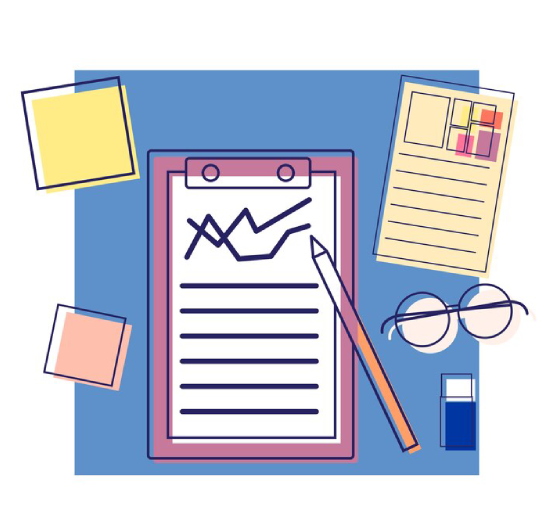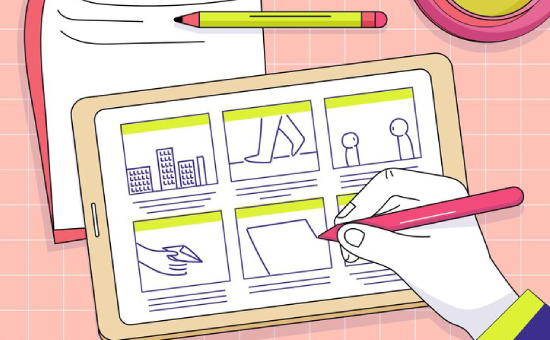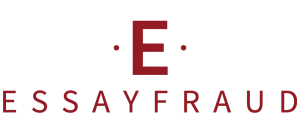How to write a critical analysis
Critical analysis is the process of analyzing, evaluating and making interpretations of texts or works of art. This involves using rhetorical techniques to express your findings about a text or work of art. Critical analysis can be conducted on a variety of topics, including books, films, music, painting and more.
Some of the topics you can use for critical analysis are: 1. History: Analyze the history of a particular event or issue. 2. Social: Analyzing social issues that occur in today’s society. 3. Politics: Analyzing the politics of a particular country or organization. 4. Economics: Analyzes the economy of a particular country or organization. 5. Culture: Analyze the culture of a country or a particular organization. 6. Psychology: Analyze human behavior and how it affects their life in general. 7. Education: Analyzes education in a particular country or organization and how it affects the next generation. 8. Technology: Analyze the technology used in a particular country or organization and how it affects their lives in general. 9. Environment: Analyzes the environmental impact of a particular country or organization and how it affects their lives in general.

What is a critical analysis essay?
Critical analysis requires the writer to analyze the argument critically and present his opinion clearly. Writers must gather relevant information, understand multiple viewpoints, and evaluate arguments from multiple perspectives. The writer must also consider the existing facts and relate them to relevant theories or ideas. After that, the writer must conclude the results of the analysis clearly and logically. Critical analysis can be used to help someone make a better decision about a particular topic. It can also be used to provide new insights on a particular subject or to provide solutions to complex problems. Critical analysis can be used by people in various fields such as academics, politicians, lawyers, businesses and others.
A critical analysis essay combines your knowledge and thoughts about the subject with information gathered from other sources. You must present a strong argument and back it up with proper evidence. This essay must also have a good structure, starting from the introduction, body of the essay, and conclusion. The introduction should grab the reader’s attention and inform them of the main topic. The body of the essay should contain strong arguments to support your view. And finally, the conclusion should sum up the key points in your essay.
Need help WRITING RESUMES?
Just submit your requirements and choose a resume writer. That’s all we need to write a winning resume for you.
25 Critical Analysis Essay Topics
First, students can analyze current political events. For example, they could discuss how the Covid-19 pandemic has affected the United States presidential election or how the worldwide economic crisis has changed the way people think about fiscal policy. Second, students can analyze social issues that are currently hot. For example, they could discuss how racism still exists in society or how technology has affected the way people communicate and interact with one another. Third, students can also analyze more specific topics such as human rights, the environment, gender and sexual orientation, or law and justice. They can see how these issues are affected by the current social and political unrest and what impact this has on society as a whole. Fourth, students may also write essays on more abstract topics such as ethics or political philosophy. They can see how certain philosophical views have been affected by the current social and political unrest and what the implications are for the future of our society. Thus, there are many topics available for critical analysis in the current era of social and political unrest. Students should use the resources available to explore these topics in greater depth so that they can provide informed and accurate income on today’s important issues.
How to write a critical analysis
Writing a critical analysis is a difficult but interesting process that requires you to understand and be critical of the text you are analyzing. The main purpose of critical analysis is to reveal the essence of the author’s ideas and to reveal his arguments. There are several key steps to follow to write a successful critical analysis.

First, before you start writing, you should carefully read the text you are analyzing. It is important to understand the author’s main idea and supporting arguments. While reading, you should pay attention to details, analyze the techniques used by the author and the structure of the text.
The second step is to define the author’s main arguments and theses. Try to understand what positions the author takes, what main ideas he supports and how he argues his point of view.
After that, you should proceed to the critical evaluation of the text. You may ask yourself how well the author supports his claims, whether he uses reliable sources, and whether his arguments can be trusted. It is also important to analyze possible counterarguments and weaknesses of the author’s position.
Do not forget to include your own point of view in the analysis. Give your own view on the topic and support it with arguments.
As you conclude your analysis, select the main takeaways and underline the key points that you think make the text strong or weak.
Critical analysis writing is a process that allows you to develop your analytical and critical skills. Intense attention to detail and an objective approach help create a balanced and convincing analysis of the text.
Outline critical analysis
An outline can help you organize your argument in an effective way. First, an outline will help you determine the purpose of your essay and how you will achieve it. This will also help you determine the essential parts of the essay that should be included to support your argument. In addition, an outline will also help you arrange sentences and paragraphs in a systematic and easy-to-understand form. As such, an outline is a useful tool for making critical analysis essays more organized and effective.
The conclusion of this essay is that tradition has been an important part of human life for centuries. Traditions help us to respect and appreciate the culture and values that have been passed down from previous generations. However, in the past, tradition has also been used to maintain social structures that are unjust and discriminatory. Therefore, it is important to distinguish between good and bad traditions. We must respect good traditions and strive to fight traditions that harm other people or society as a whole. In this way, we can ensure that the traditions remain relevant in the future and continue to benefit everyone.
Objective analysis – Evaluation based on facts only; without using feelings or emotions in this study.
Traditional criticism. – Critique based on a collective agreement of sources that must be known by people who are embedded and educated.
New criticism – Criticism concentrated only on the text itself. The areas of irony, metaphor, ambiguity, and paradox are under close evaluation.
Marxist criticism – Analogies through class conflict and identification, come to conclusions of a political or social nature. Marxist criticism has had a profound effect on literary understanding.
Metaphorical Critique. – Pay attention to metaphors to form a deeper understanding of the work and its author.
New historicism – Study of literature based on its historical value.
Psychological criticism – Freudian criticism, in which the subconscious wishes of writers, like dreams, can be evaluated as pathways to their thoughts.
Sociological criticism – Primarily focusing on how literature represents a social function but also where work fits into society at large.
Moral or ethical criticism – Judging a work or piece of literature by the morals learned from the text.
Techniques used in literary criticism

Top tips to save your time
Saving time is a valuable skill in today’s fast-paced world. Here are some top tips to help you manage your time more efficiently:
Prioritize Tasks: Identify tasks based on urgency and importance. Focus on high-priority items first to ensure that critical tasks are completed.
Set Clear Goals: Define your short-term and long-term goals. Having a clear understanding of what you want to achieve helps you stay focused and avoid time-wasting activities.
Create a To-Do List: List your tasks for the day or week. This provides a visual guide and helps you stay organized, ensuring that nothing important is overlooked.
Use Time Blocks: Allocate specific time blocks for different activities. This minimizes multitasking and increases concentration on one task at a time.
Learn to Say No: Understand your limits and don’t be afraid to decline additional responsibilities if you’re already stretched thin. Saying no is crucial for maintaining a healthy work-life balance.
Limit Distractions: Identify and minimize distractions in your environment. Turn off unnecessary notifications, close irrelevant tabs on your computer, and create a focused workspace.
Batch Similar Tasks: Group similar tasks together and complete them in one go. This helps streamline your workflow and reduces the mental effort of switching between different types of activities.
Delegate: If possible, delegate tasks that others can handle. Delegating not only saves time but also allows you to focus on tasks that require your specific skills and expertise.
Utilize Technology: Use productivity tools, apps, and software to automate repetitive tasks or streamline processes. Calendar apps, project management tools, and note-taking apps can be particularly helpful.
Take Breaks: Regular breaks can improve overall productivity and prevent burnout. Use techniques like the Pomodoro Technique, where you work in focused intervals (e.g., 25 minutes) followed by a short break.
Learn to Let Go: Accept that not everything needs to be perfect, and sometimes good enough is sufficient. Perfectionism can consume a lot of time without significantly improving results.
Stay Organized: Keep your physical and digital spaces organized. A clutter-free environment reduces the time spent searching for things and increases overall efficiency.
Continuous Learning: Invest time in learning new skills and techniques that can enhance your efficiency. It might take some time initially but can lead to significant time savings in the long run.
Remember, effective time management is a skill that develops with practice. Experiment with different strategies to find what works best for you and adapt as needed.
